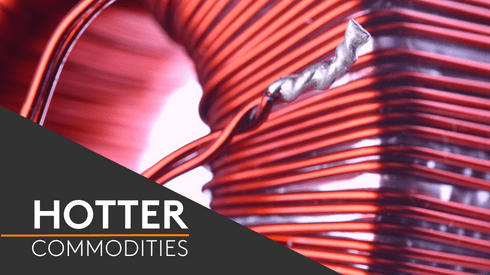Copper miners, led by Freeport and Antofagasta, and smelters, led by Chinese firms Tongling and Jiangxi Copper, are currently in the middle of contract negotiations for next year, and will meet in Shanghai this week during Cesco Asia Copper Week.
Around this time last year, the copper TC/RC benchmark for 2018 was settled at $82.25 per tonne and 8.225 cents per lb, the lowest levels for five years.
“Perhaps the simplest thing for everyone to do would be to shake hands and roll over terms at $82.25 per tonne and 8.225 cents per lb for 2019,” BMO’s Colin Hamilton said in a report published this week. But the most likely outcome, he added, is “a small move either way” with a greater likelihood of a small fall.
Miners were likely to refer to a lack of new supply projects and China’s import strength in the current TC/RC negotiations, while smelters will note that spot market TCs/RCs are at a 2019 high and there are continuing outages at key facilities, Hamilton said.
Fastmarkets’ spot copper TC/RC index was $87.40 per tonne/8.74 cents per lb on October 31. This was down by $1.60 per tonne/0.16 cents per lb from the previous assessment two weeks before, because the market was entering a seasonal lull in liquidity.
But miners could have the upper hand in this year’s negotiations, based on supply and demand fundamentals, according to BMO.
BMO expects the final total of imports by China, the world’s largest buyer of copper concentrates, to increase by 19% year-on-year in 2018, well above its initial forecast for a 12% rise.
“This comes at a time of rapid smelter build-out in China, with Chinalco’s 400,000 tonne [per year] smelter set to come online imminently, with significantly more capacity to come in 2019-21,” Hamilton said.
In addition, the lack of mine supply growth continues. “At just 1.4%, our forecast 2019 mine supply growth is well below the 10-year average of 3.4%,” BMO said. “Thus, on a forward looking basis, we have only 1.2% more international concentrate available to Chinese buyers in 2019.”
The tightness in concentrates supply was delayed, however, because smelters faced more output disruptions than miners in 2018. For instance, there were production outages at Sterlite Copper’s Tuticorin smelter in India, Glencore’s Pasar in The Philippines, and Codelco’s Chuquicamata in Chile.
As a result, miners Freeport and Codelco were set to take an active role in the 2019 discussions to ensure that they place the units they have not sold onto the spot market.
Fastmarkets analyst Andy Farida also noted that restrictions on imports of copper scrap into China might also affect copper TC/RC negotiations this year, while the market for refined material is getting tighter.
“China has stopped importing a lot due to new regulations, and the lack of secondary material [in the market] means that they need to rely more on primary metal supply, which could face disruptions,” he explained.
From August 25, China imposed a blanket 25% tariff on imports of copper scrap and other recycled metals from the United States.
TCs/RCs are discounts to the London Metal Exchange price for copper, paid by miners to smelters to compensate them for the cost of turning copper concentrate into refined metal. Higher TCs/RCs mean higher revenues for smelters.





